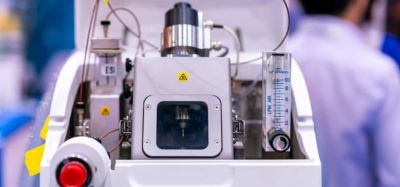Joint effort to expand glow discharge mass spectrometry applications formed
Scientists analyzing non-conductive, high-purity materials will soon be able to apply powerful high-resolution glow discharge mass spectrometry (GDMS) to this task. This will open the technique, for example, to analysis of high-purity sapphire used for flat panel displays, ceramics, alumina powder and other desirable applications, including thin-layer depth profiling of hard drive components.
GDMS is currently used for analyzing conductive materials such as high-purity metals and semiconductors used in microelectronics, renewable energy, aerospace, medical devices and nuclear power.
To extend the method’s capability to non-conductive materials, Thermo Fisher Scientific has collaborated with leading materials characterization lab Evans Analytical Group (EAG) to add “pulsed” ion source technology to GDMS. The goal is to make a pulsed-mode ion source an integrated feature of a commercial GDMS platform.
Standard glow discharge MS for elemental analysis uses the sample as a cathode, and electrical current is applied to it to form a glow between sample and an anode. Using pulsed-mode, the surface of the sample is “sputtered” by impacting gas ions, and the sputtered atoms are measured by a mass analyzer. This highly-sensitive technique requires little or no sample preparation and generally delivers high-quality results in about 10 minutes. In addition to accommodating non-conductive samples, pulsed-mode ionization also enhances instrument stability, data precision, and lower-energy sputtering produces better results with some types of samples.
“I strongly believe that the fast flow source in pulsed mode is the best glow discharge source for analytical mass spectrometry,” said Karol Putyera, vice president of EAG.
“We’re very excited at the prospect of making the benefits of glow discharge mass spectrometry available to the wider materials science community,” said Joachim Hinrichs, applications specialist for glow discharge and inductively-coupled plasma mass spectrometry for Thermo Fisher Scientific.





